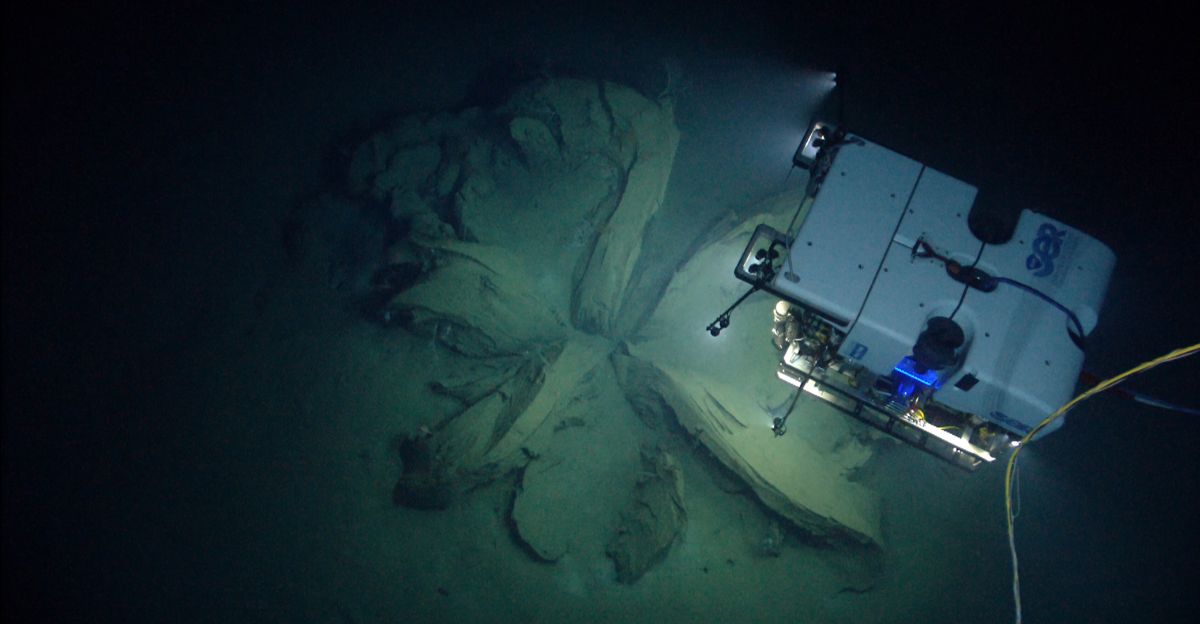
Lake Baikal, situated in Siberia, is the world’s oldest (approximately 25 million years) and deepest freshwater lake, plunging to nearly 1,642 meters and spanning over 31,000 square kilometers. Its unique ecosystem is home to endemic species such as the Baikal seal, the world’s only freshwater seal species.
Baikal remains a scientific enigma due to its extreme conditions: low temperatures, high pressures, and distinct biodiversity. Most recently, a robotic dive unveiled previously unknown geological phenomena – mud volcanoes and active tectonic processes near the Severobaikalsk Fault – that may potentially rewrite our understanding of the lake’s dynamic geology and its implications for seismic activity and extremophile life forms.
Geologic and Historical Context
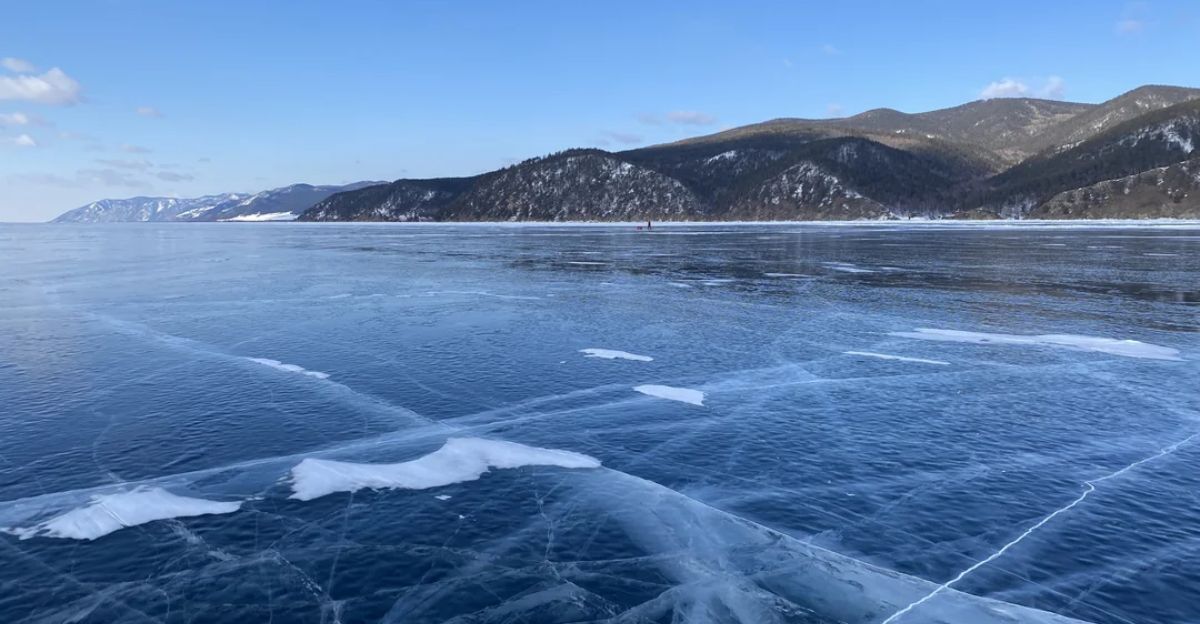
Lake Baikal formed roughly 25 million years ago within a rift zone, making it a prime example of active continental rifting. Its geological history includes phases of tectonic uplift and sedimentation shifts linked to climatic and tectonic events spanning millions of years.
There is also the significant Severobaikalsk fault along the lake’s northwest shore, which is seismically active and now looks to be highly associated with mud volcanism discovered by the robot. This fault’s activity is crucial for understanding Baikal’s ongoing geological evolution and potential earthquake risks.
The Robot Discovery of Mud Volcanoes
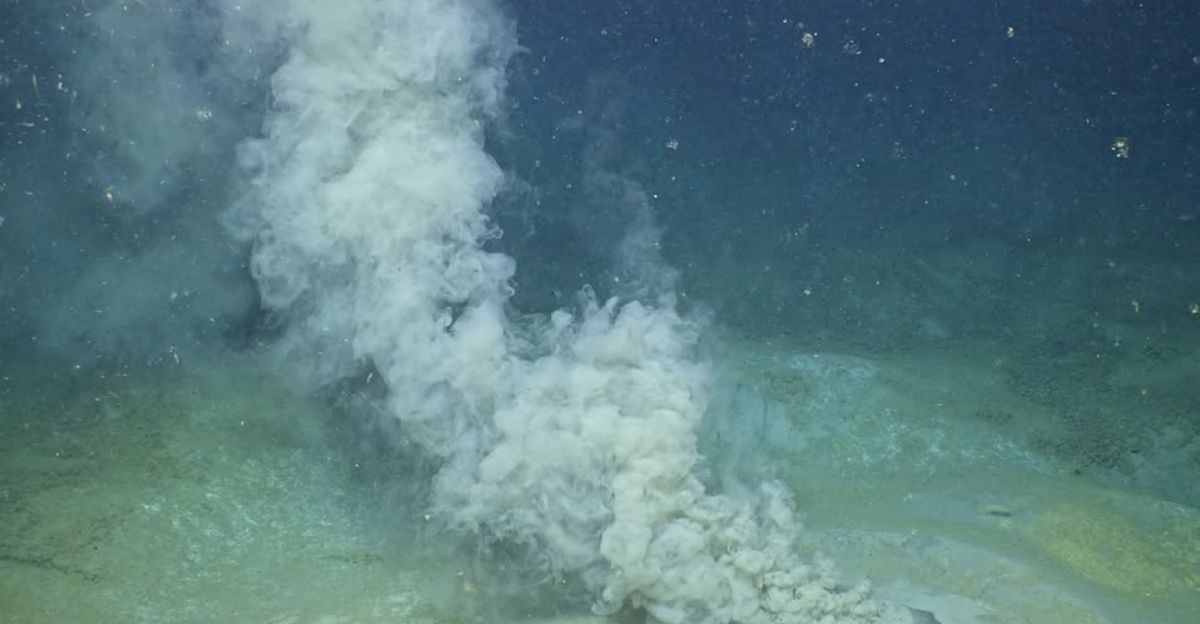
The robotic expedition in 2023 uncovered numerous mud volcanoes at depths between 100 and 165 meters, particularly in the area of Malaya Kosa and the Goryachinskaya bays.
These mud volcanoes are formed when gas and mud from the deep crustal layers erupt through the lakebed, creating large craters and hundreds of smaller conical shapes.
The discovery is significant because the previous knowledge of Baikal’s mud volcanism was limited, and its proximity to the Severobaikalsk fault suggests an active geologic interplay that could presage seismic events.
Geological Implications and Seismic Risks
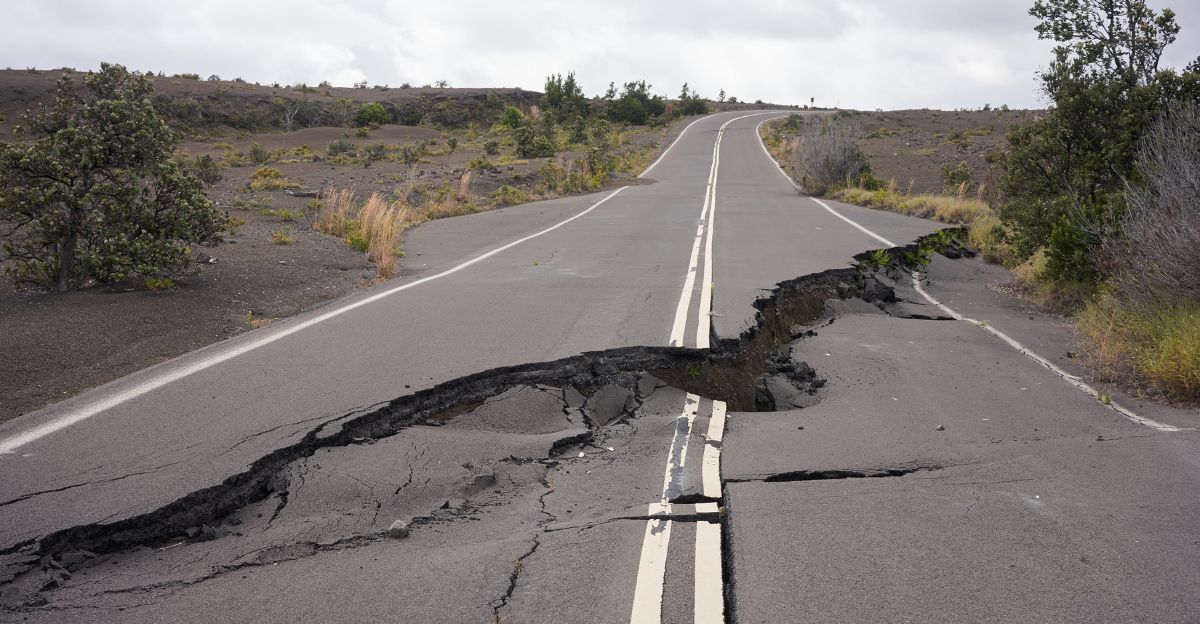
The activity of the mud volcanoes near the Severobaikalsk fault raises concerns about future earthquakes. The fault has experienced major earthquakes in the past, and the recent eruptions may suggest increasing tectonic stress.
Though these mud eruptions release gases and sediments, scientists caution that they are not expected to disrupt the lake’s ecosystem. Instead, these phenomena may be natural expressions of the lake’s geological processes, potentially serving as early warning signs for seismic activity in the region.
Microbial Life in Extreme Conditions

Samples taken from the mud volcanoes also revealed extremophiles — microorganisms that live in high-pressure, low-temperature, and chemically unique environments.
These microbes exhibit impressive resilience and flexibility, expanding our understanding of life’s boundaries on Earth. Their existence in the extreme depths of Lake Baikal provides models for potential extraterrestrial life, particularly on the icy moons like Europa or Enceladus, where subsurface oceans may harbor similar extreme habitats.
Ecosystems Thriving Amid Geological Activity
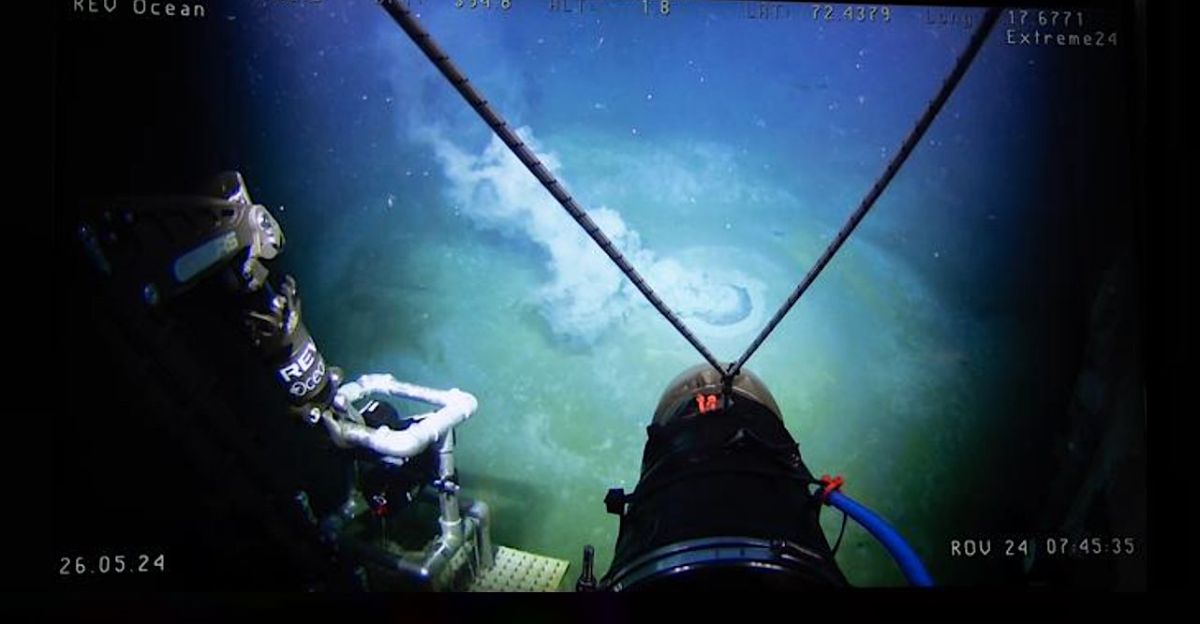
The robot’s footage showed thriving aquatic life around the mud volcanoes, including amphipods, gastropods, planarians, cottoid fish, and colonies of white sponge.
These species have managed to survive despite the volatile environment marked by mud eruptions and gas emissions. This finding emphasizes the lake’s role as a living laboratory where biological and geological processes intersect, providing insights into ecosystem resilience and adaptation under extreme environmental stress.
Ethical Considerations of Ecosystem Disruption
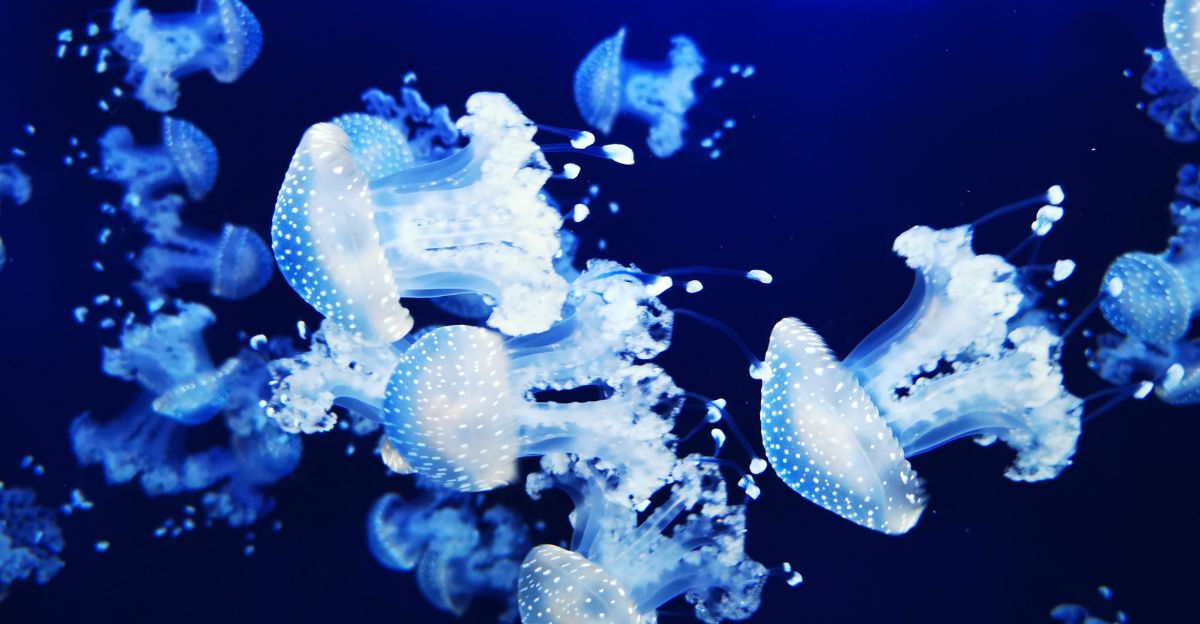
The use of robotics in such fragile habitats prompts ethical considerations for minimizing environmental impacts to both native species and habitats. The Baikal team prioritized non-invasive techniques. However, as the research continues, discovery must be balanced with conservation, ensuring that technological advances do not compromise the lake’s pristine ecosystems or its endemic wildlife.
Cultural Significance of Lake Baikal

The lake holds immense cultural significance for indigenous communities like the Buryats, who consider it sacred. The findings of the diving experiment help to push the boundaries of science and provide new narratives for understanding local folklore and heritage, connecting modern research with ancient traditions.
This intersection enhances both scientific and cultural appreciation of the lake and the mysteries and identity it holds for the surrounding population.
Economic Impacts of Deep Lake Exploration
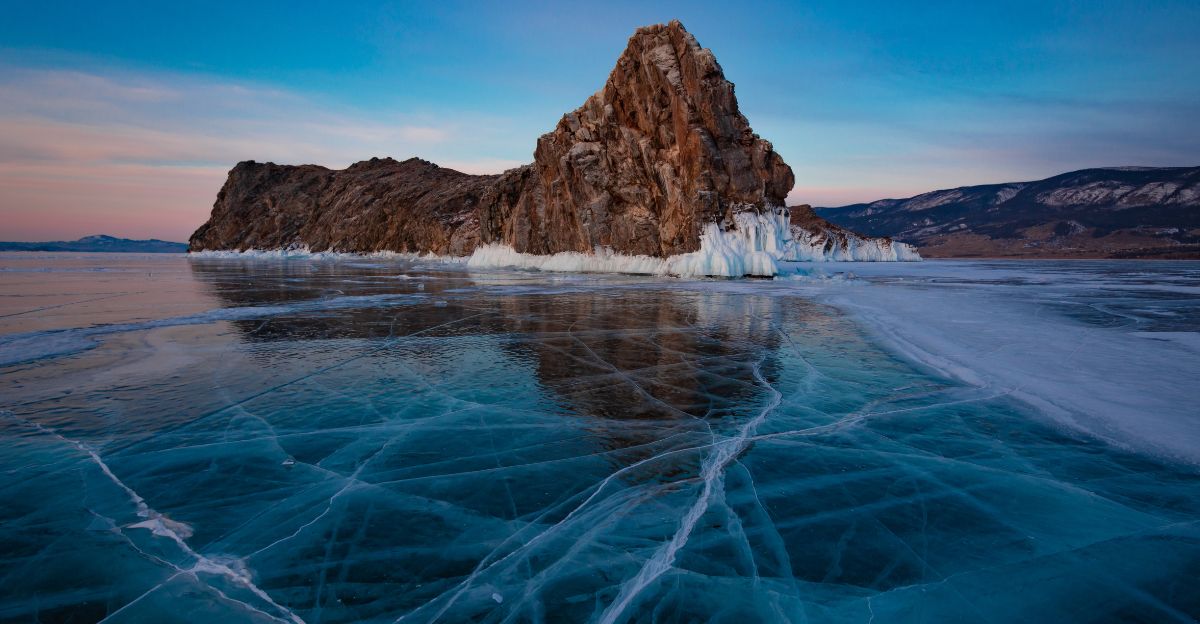
The robotic exploration of Baikal could stimulate regional economic growth. High-tech expeditions attract research funding, jobs, and eco-tourism. As research findings circulate, tourists’ interest in visiting Lake Baikal increases, boosting local businesses and ecological efforts and bringing Siberia to the forefront of scientific tourism and environmental consciousness.
Public Engagement and Science Communication
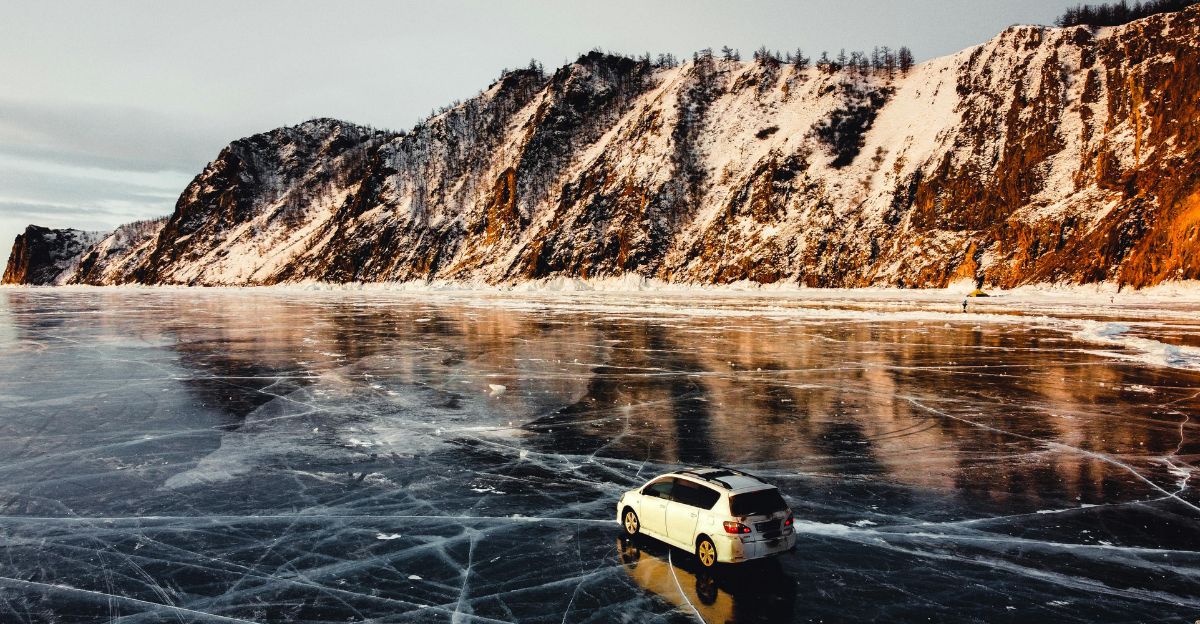
The Baikal diving project, in particular, has caught the attention of people around the world in videos shared online and through media reports. By opening up new discoveries to the public, it stimulates curiosity and education around the world.
This kind of public engagement leads to a greater understanding of Earth sciences and inspires a new generation to pursue careers in exploration, technology, and environmental sciences.
Challenges of Logistics in Remote Research
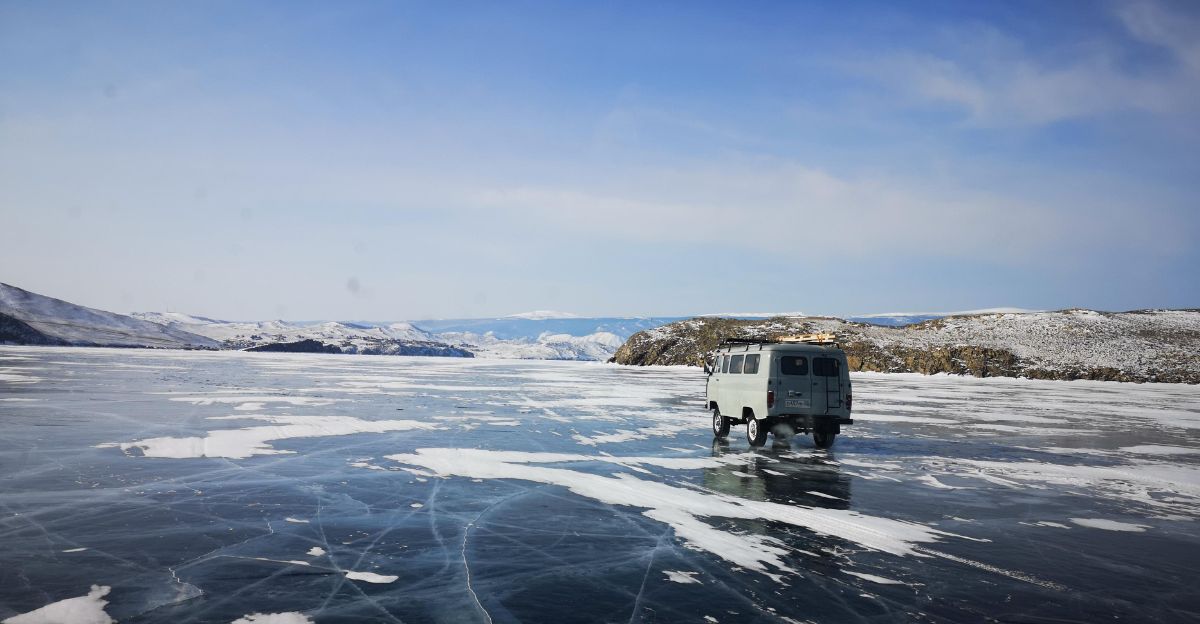
Conducting deep-lake research in Siberia, however, comes with its own special set of logistical challenges, from transporting heavy equipment to working in extreme cold.
The success of the Baikal team is a testament to the value of careful preparation, international cooperation, and adaptive technology, which can overcome the challenges of distance, weather, and lack of infrastructure faced by remote scientific expeditions.
Advancements in Technology Driving Discovery

The deployment of autonomous underwater vehicles (AUVs) equipped with video cameras and acoustic navigation has revolutionized deep-lake exploration.
These robots can operate under extreme pressure and low temperatures to produce high-resolution imagery and sediment data that are inaccessible by traditional methods.
The Lake Baikal expedition is a testimony to how robotic technology can discover hidden geological and biological phenomena, pushing the frontiers of scientific knowledge in remote and challenging environments.
Broader Scientific and Planetary Implications
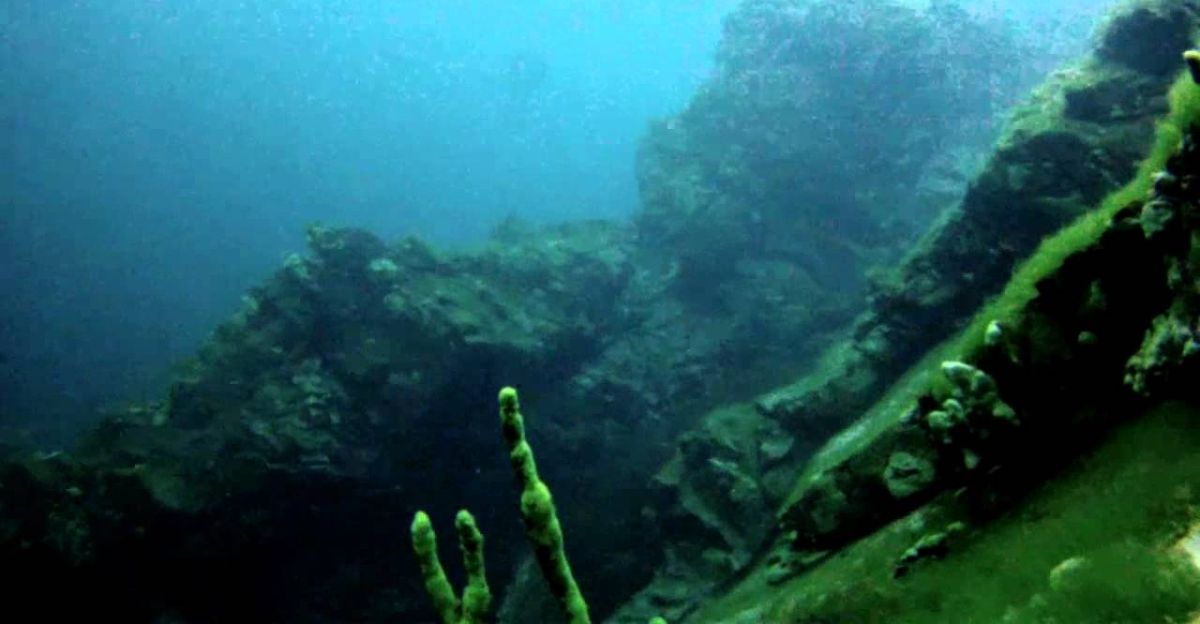
The discoveries at Lake Baikal have far-reaching implications well beyond geology and biology. Understanding mud volcanism linked to fault activity can improve seismic risk assessment models.
The extremophile microbes provide a model for astrobiology, informing the search for life in extraterrestrial oceans. In addition, Baikal’s unique environment serves as a natural analog for studying Earth’s early biosphere and interplay between tectonics and life, potentially offering clues about planetary habitability.
Academic Partnerships and Student Involvement

It was a golden opportunity for university students and early-career researchers to participate in the expedition, offering hands-on experience in cutting-edge science.
These academic-research partnerships train the next generation of scientists with skills in robotics, geology, and biology, while fostering international academic networks.
Advances in Global Climate Research
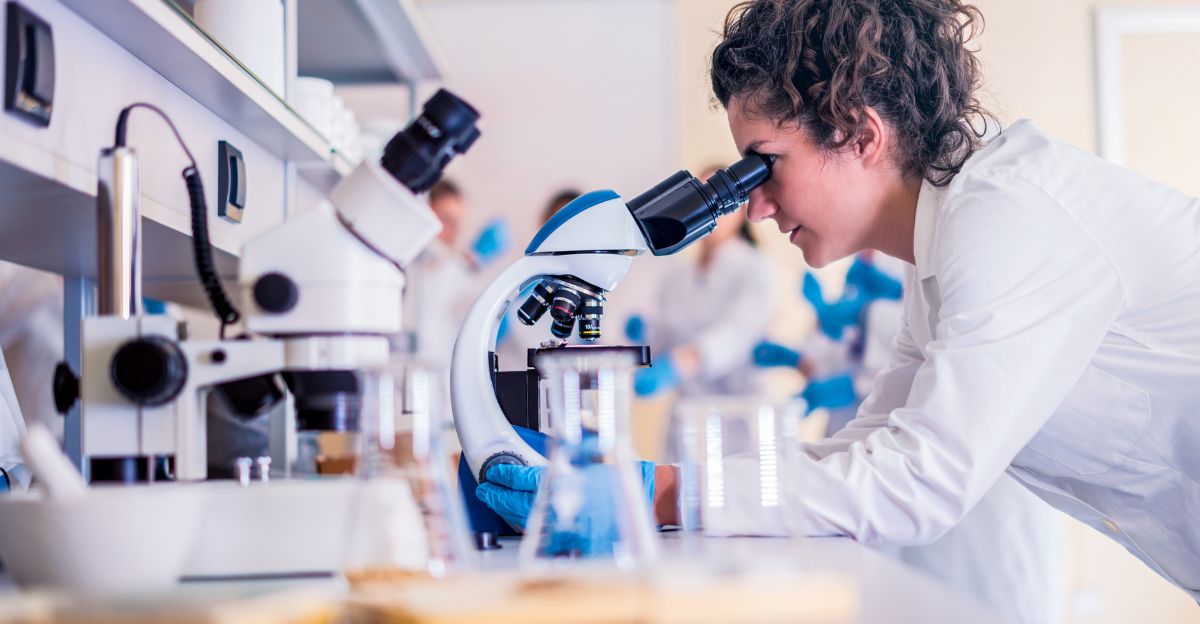
Sediments in Lake Baikal serve as a climate record over the long term. The sediment sampling from the diving experiment contributes to the understanding of past environmental changes and will benefit global climate models.
Insights gained from Baikal contribute to broader efforts to predict future climate trends and assess the impacts of human activity on freshwater systems.
Pharmaceutical Discovery Prospects
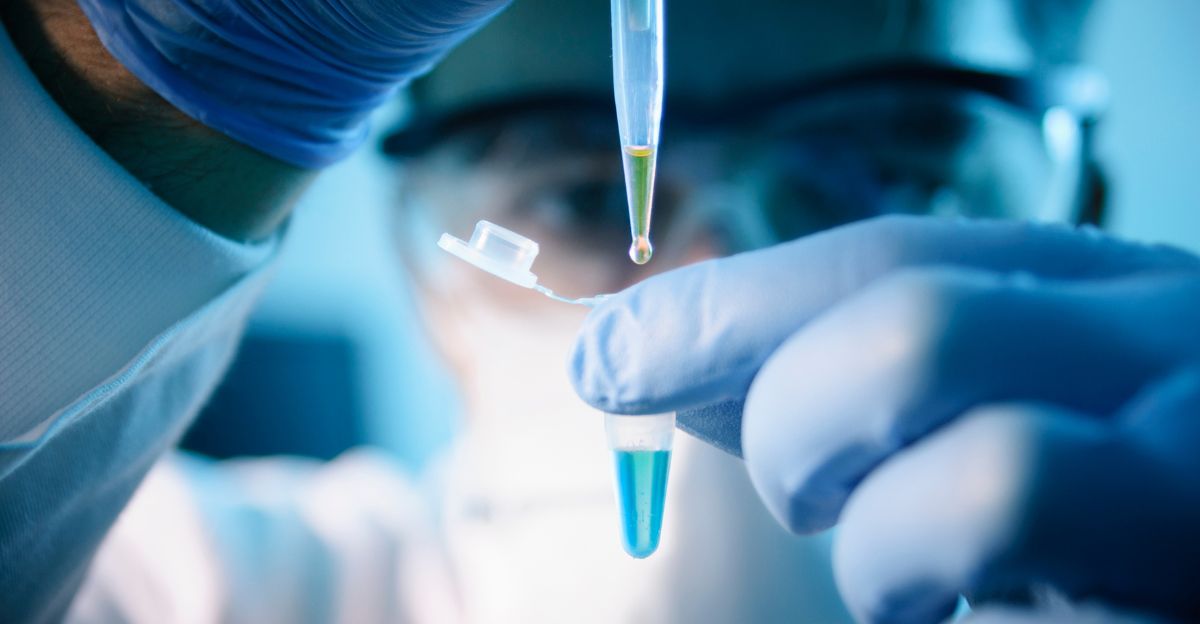
Extremophiles microorganisms from Baikal’s depths, may yield novel bioactive compounds. The diving experiment’s microbiological sampling opens doors for pharmaceutical research, too, as these resilient microbes could inspire new antibiotics, enzymes, or industrial applications, further highlighting the lake’s untapped potential as a medical science resource.
Impacts on Global Scientific Collaboration

The Baikal project represents another example of successful international teamwork, with Russian scientists collaborating with global experts. Such collaborations advance discovery at a faster pace, share knowledge between experts, and build trust across borders, demonstrating how shared scientific goals can unite diverse cultures and together advance collective knowledge for the benefit of humanity.
Inspiring Future Robotic Missions Elsewhere
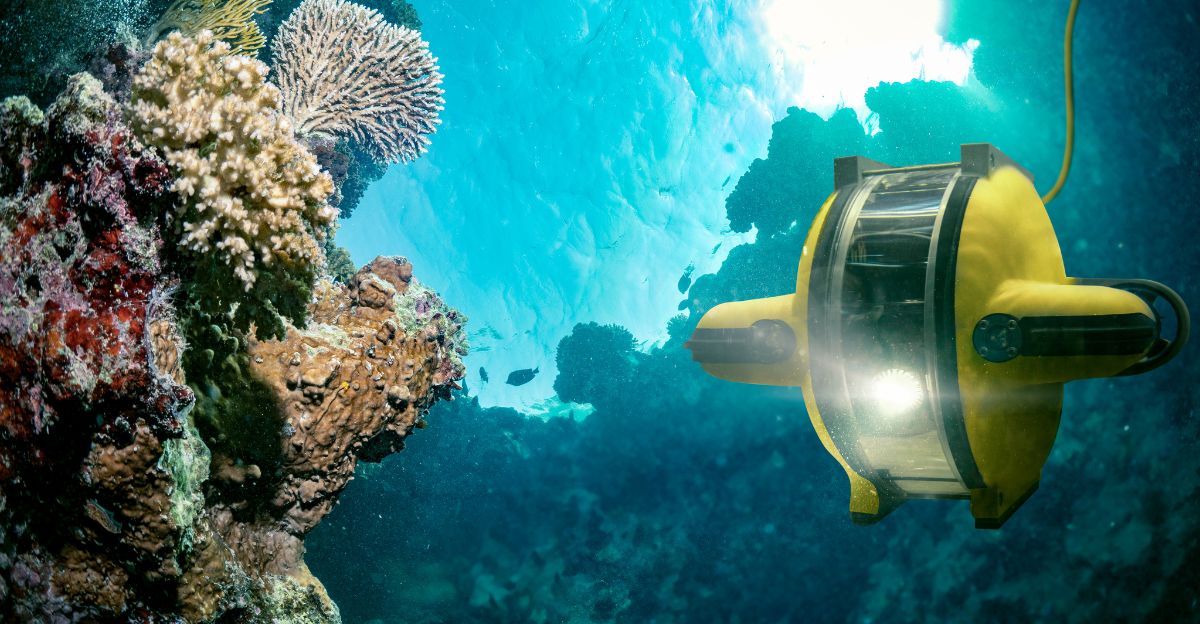
The success of the Baikal diving experiment opens the door to robotic exploration in other extreme environments, including those in polar lakes or even extraterrestrial oceans.
Knowledge about autonomy, resilience, and how to collect data in such extreme places will help shape future missions that will extend humanity’s reach to places in our solar system and beyond that were previously unattainable.
Challenges and Future Research
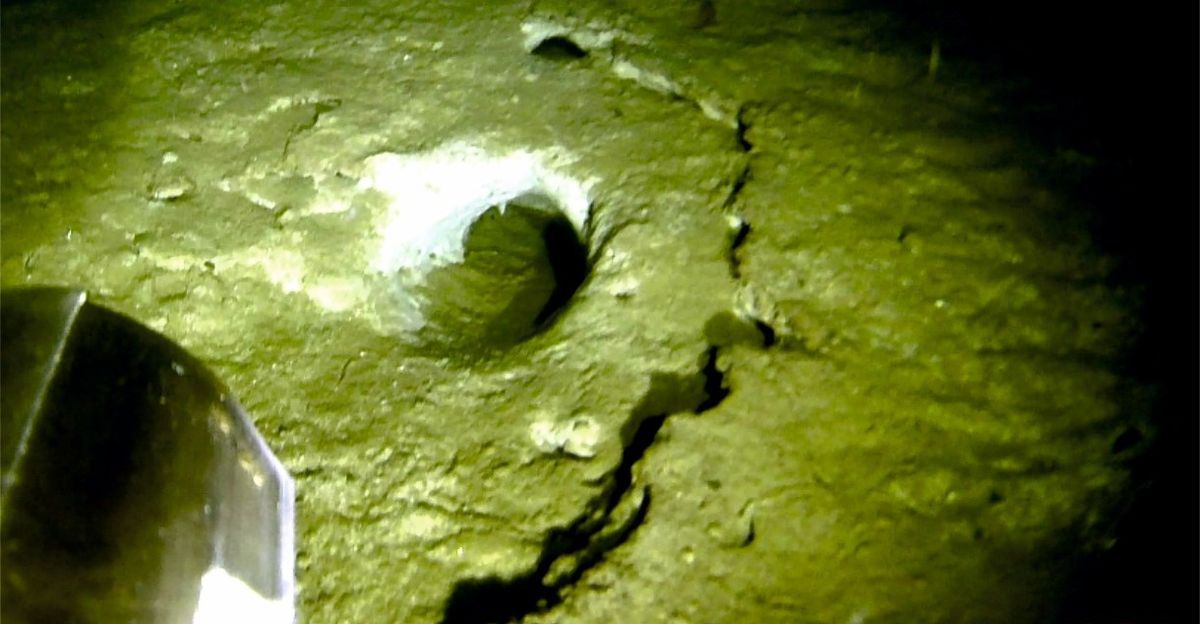
Despite these breakthroughs, many questions remain about the mechanisms driving mud volcanism and how closely it is related to earthquakes, as well as the full extent of what biologists may find beneath the depths of Baikal.
Continued robotic missions combined with sediment analyses, seismic monitoring, and microbiological studies are essential. Integrating multidisciplinary approaches will help decipher the complex dynamics of this ancient lake, providing information about geological hazards and extremophile ecosystems.
An Interconnected System
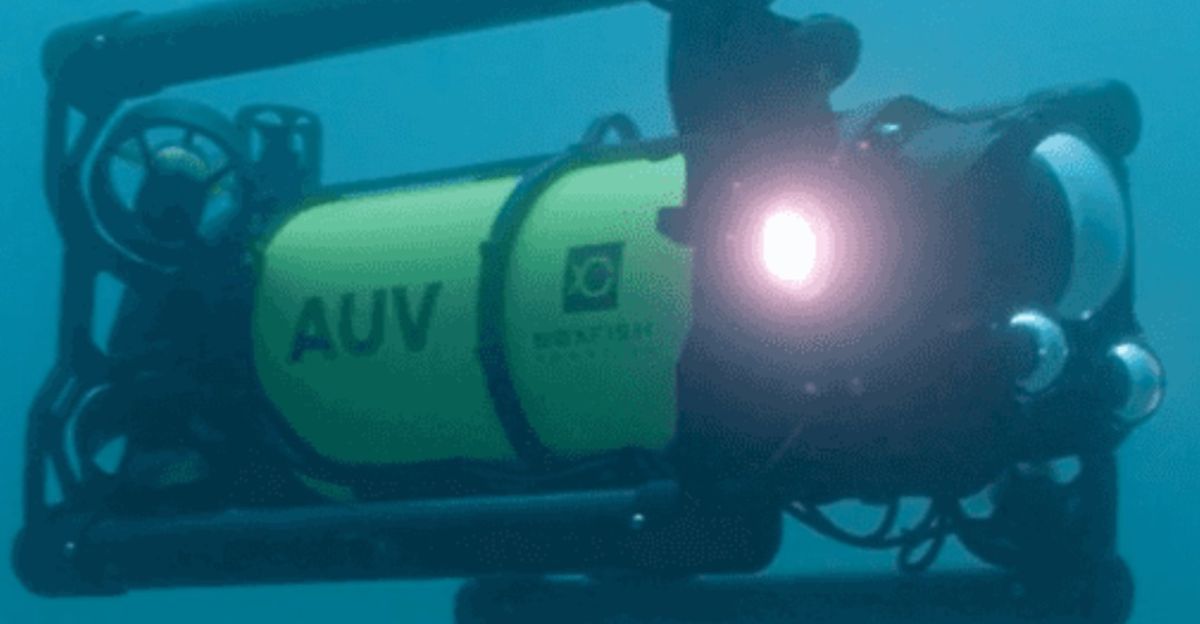
The robotic dive into Lake Baikal’s depths has revealed a dynamic and interconnected system of geological activity and resilient life forms. This finding challenges the perception of Baikal as a static ancient lake, revealing it as a site of active tectonics and biological innovation.
The findings underscore the transformative power of robotic exploration in uncovering hidden natural phenomena and advancing scientific frontiers. As we deepen our exploration of such extreme environments, we not only safeguard local ecosystems but also expand humanity’s grasp of life’s potential across the cosmos.
Explore more of our trending stories and hit Follow to keep them coming to your feed!

Don’t miss out on more stories like this! Hit the Follow button at the top of this article to stay updated with the latest news. Share your thoughts in the comments—we’d love to hear from you!







